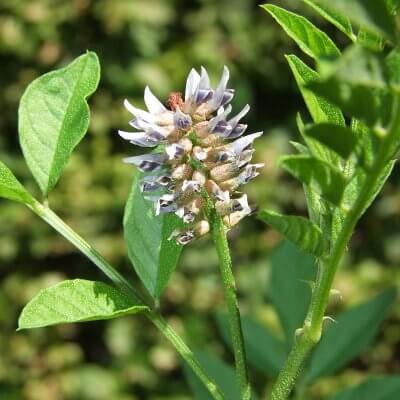Licorice root, whose Latin name means 'sweet root', 'Glycyrrhiza glabra', is from the legumes family. Its homeland is Europe and Asia. It grows in the Southeastern Anatolia region of our country. It is famous for its bluish-purple flowers. It is a perennial bushy herb that grows especially on the sandy banks of streams and rivers.
The root of the plant goes deep underground. It has a sweet, bitter, and salty taste, and a pleasant smell. The honey obtained by boiling the roots with water and evaporating the water is given the shape of a stick. This honey is used in making all kinds of sweets, pastries, confectionery, and chocolate. While the Chinese mostly use licorice as a condiment in their dishes, Northern Europeans use it in desserts. In addition, it is licorice root that gives cola drinks their distinctive taste.
It is famous for its medicinal properties as well as its sweet taste. Licorice root was used by the Egyptians for the treatment of cough and lung diseases. Macedonian King Alexander the Great (356-323 BC) used licorice root to quench the thirst of the soldiers in his campaigns. Licorice is mentioned as a super medicine in the 'Shen Nong Herbal', which contains a list of more than 365 herbs, compiled in China about 2000 years ago.
From the licorice plant; liquorice tea, liquorice honey, liquorice oil, liquorice paste, liquorice sorbet, liquorice tincture, liquorice extract, liquorice extract, liquorice ointment and soap are produced. In addition, with the richness of starch, sugars, gum, resin, and flavones in its content, it has entered the content of a wide variety of drugs.
A specialist should be consulted for therapeutic use.
Liquorice, which is dried under suitable conditions, has a lifespan of 2 years when stored in a closed glass jar in a dim, cool, and dry environment.
[1] Herbal Treatment in Turkey_Prof.Dr.Turhan Baytop_(s296)
